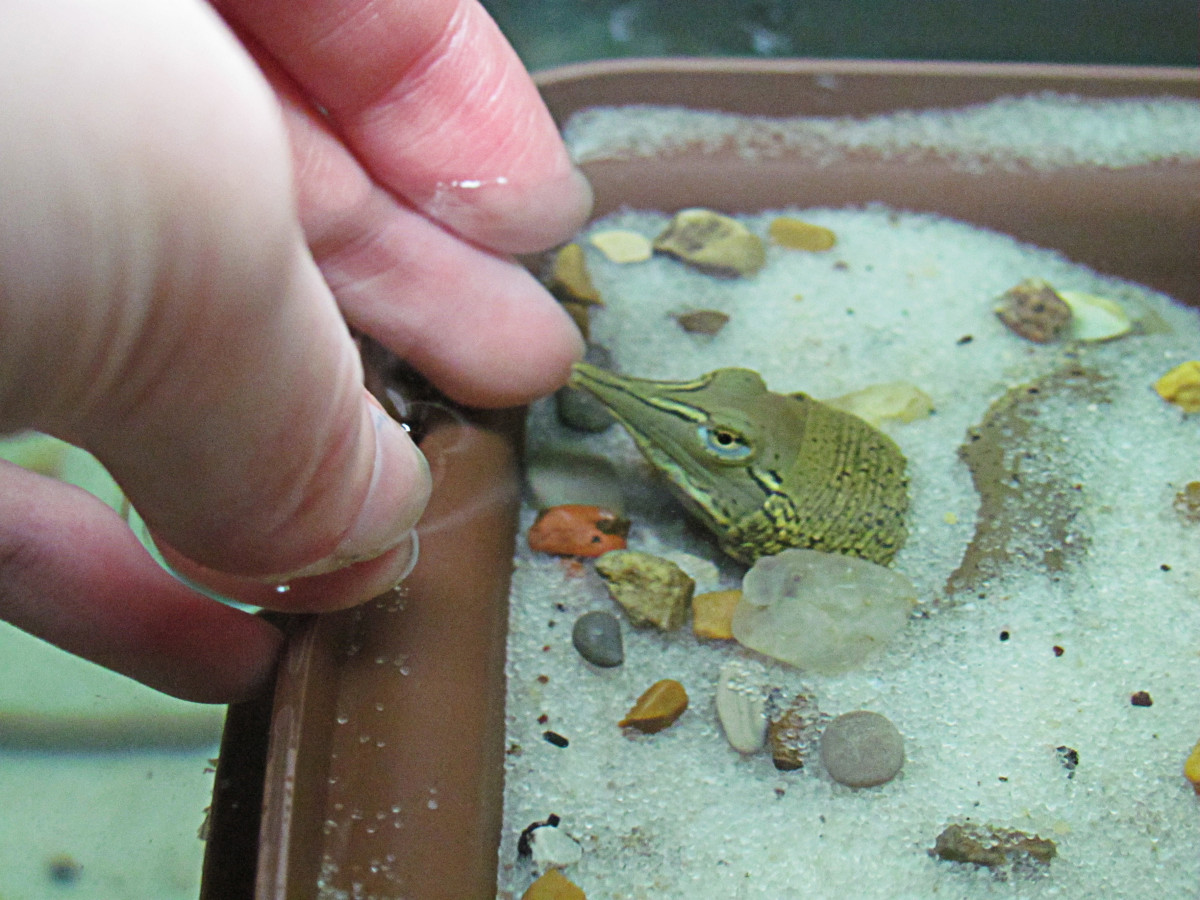
Baby Softshell Turtle Care: A Comprehensive Guide
Introduction
Softshell turtles, known for their distinctive flattened shells and long necks, are captivating reptiles that can make fascinating pets. However, baby softshell turtles require specialized care to ensure their health and well-being. This comprehensive guide will provide detailed instructions on how to properly care for baby softshell turtles, covering everything from housing and feeding to health maintenance and socialization.
Housing
Enclosure:
- Baby softshell turtles need a spacious enclosure that allows them to swim, bask, and explore. A 20-gallon tank is a suitable size for a single baby turtle.
- The enclosure should have a secure lid to prevent escapes and a water depth of at least 6 inches.
- Line the bottom of the tank with a soft substrate, such as sand or gravel, to provide a comfortable surface for the turtle to walk and burrow in.
Water:
- Softshell turtles are semi-aquatic and require access to clean, dechlorinated water at all times.
- Use a water filter to keep the water clean and free of bacteria.
- Provide a basking area above the waterline where the turtle can climb out to dry and warm up.
Temperature:
- Baby softshell turtles require a warm environment.
- Maintain a water temperature of 75-80°F (24-27°C) and an air temperature of 80-85°F (27-29°C) in the basking area.
- Use a thermometer to monitor the temperature and adjust the heat source accordingly.
Lighting:
- Softshell turtles need both UVA and UVB lighting to synthesize vitamin D3 and maintain bone health.
- Provide a full-spectrum light bulb that emits both UVA and UVB rays.
- Place the light over the basking area and ensure that the turtle can bask within 6-8 inches of the bulb.
Feeding
Diet:
- Baby softshell turtles are carnivorous and primarily feed on live prey.
- Offer a variety of live foods, such as crickets, mealworms, earthworms, and small fish.
- Feed the turtle every day, offering as much food as it can consume in 10-15 minutes.
Supplements:
- Sprinkle calcium powder on the turtle’s food twice a week to provide essential minerals.
- Offer a cuttlebone or calcium block in the enclosure for the turtle to gnaw on.
Health Maintenance
Water Quality:
- Monitor the water quality regularly and change the water completely every 2-3 weeks.
- Use a water testing kit to check for ammonia, nitrite, and nitrate levels.
- If the water quality is poor, it can lead to health problems for the turtle.
Shell Care:
- Softshell turtles have delicate shells that require special care.
- Avoid handling the turtle by its shell.
- Keep the water clean and free of debris to prevent shell infections.
- If the shell becomes damaged, consult a veterinarian immediately.
Health Checks:
- Regularly inspect the turtle for any signs of illness, such as lethargy, loss of appetite, or discharge from the eyes or nose.
- If you notice any unusual symptoms, consult a veterinarian specializing in reptile medicine.
Socialization
Solitary Nature:
- Softshell turtles are generally solitary creatures and do not require companionship.
- Housing multiple turtles together can lead to aggression and competition for resources.
Handling:
- Handle the turtle gently and support its body with both hands.
- Avoid handling the turtle too frequently, as this can stress it out.
- Wash your hands thoroughly before and after handling the turtle.
Conclusion
Caring for baby softshell turtles requires patience, dedication, and a commitment to providing a healthy and stimulating environment. By following the guidelines outlined in this comprehensive guide, you can ensure that your baby softshell turtle thrives and enjoys a long and healthy life. Remember to consult a veterinarian regularly for professional advice and to address any health concerns promptly.
